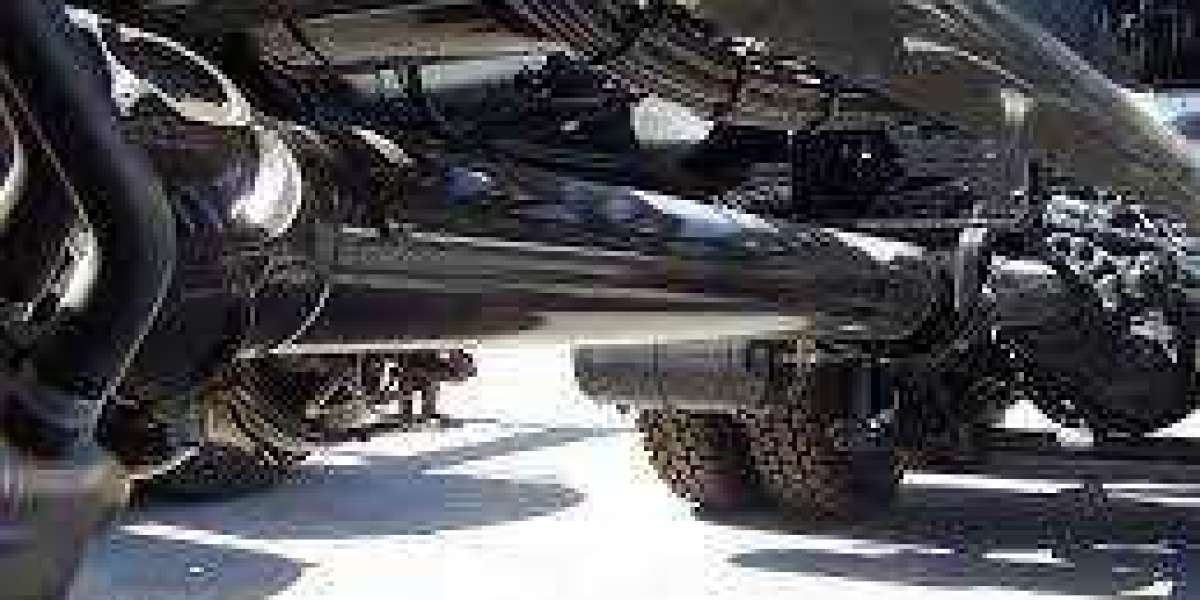Industry Overview of Automotive Drive Shaft Market
IMARC Group, a leading market research company, has recently releases report titled “Automotive Drive Shaft Market: Global Industry Trends, Share, Size, Growth, Opportunity and Forecast 2023-2028.” The study provides a detailed analysis of the industry, including the global automotive drive shaft market share, size, trends, and growth forecasts. The report also includes competitor and regional analysis and highlights the latest advancements in the market.
How Big Is The Automotive Drive Shaft Market?
The global automotive drive shaft market size reached US$ 15.7 Billion in 2022. Looking forward, IMARC Group expects the market to reach US$ 21.0 Billion by 2028, exhibiting a growth rate (CAGR) of 4.8% during 2023-2028.
What is Automotive Drive Shaft?
An automotive drive shaft, also known as a propeller shaft, is a mechanical device used in rear-wheel drive and four-wheel drive vehicles to transfer power from the engine to the wheels. It connects the transmission to the differential, allowing the wheels to rotate and propel the vehicle forward. It is engineered to withstand the intense forces and torque generated by the engine while maintaining a smooth and reliable power transmission as it is manufactured from high-strength steel or aluminum.
What Are The Growth Prospects And Trends In The Automotive Drive Shaft Industry?
At present, the rising demand for high-performance vehicles with improved acceleration and handling capabilities represents one of the key factors propelling the growth of the market. In addition, as automotive enthusiasts seek more dynamic driving experiences, manufacturers are developing innovative drive shaft designs with enhanced strength, reduced weight, and optimized balance. Besides this, the growing adoption of electric and hybrid vehicles is influencing the market positively. These vehicles require specialized drive shafts that can efficiently transmit power from electric motors to the wheels, taking into account the unique characteristics of electric drivetrains. Moreover, stringent government regulations aimed at reducing emissions and improving fuel efficiency are pushing automakers to explore lightweight materials and advanced engineering techniques for drive shafts.
What Is Included In Market Segmentation?
The report has segmented the market into the following categories:
Breakup by Drive Shaft Type:
- Single Piece
- Multi-Piece
- Slip-In-Tube Drive Shaft
Breakup by Design Type:
- Hollow Shaft
- Solid Shaft
Breakup by Position Type:
- Rear Axle
- Front Axle
Breakup by Material:
- Steel
- Aluminum
- Carbon Fiber
Breakup by Vehicle Type:
- Passenger Vehicle
- Commercial Vehicle
Breakup by Sales Channel:
- Original Equipment Manufacturer (OEM)
- Aftermarket
Market Breakup by Region:
- North America (United States, Canada)
- Asia Pacific (China, Japan, India, South Korea, Australia, Indonesia, Others)
- Europe (Germany, France, United Kingdom, Italy, Spain, Russia, Others)
- Latin America (Brazil, Mexico, Others)
- Middle East and Africa
Who Are The Key Players Operating In The Industry?
The report covers the major market players including:
- Advanced Composite Products Technology Inc.
- American Axle Manufacturing Inc.
- Dana Incorporated
- Hyundai Wia Corporation (Hyundai Motor Group)
- IFA Group
- JTEKT Corporation
- Melrose Industries PLC
- Meritor Inc. (Cummins Inc.)
- Neapco Inc.
- Nexteer Automotive
- NKN Ltd.
- and NTN Corporation.







